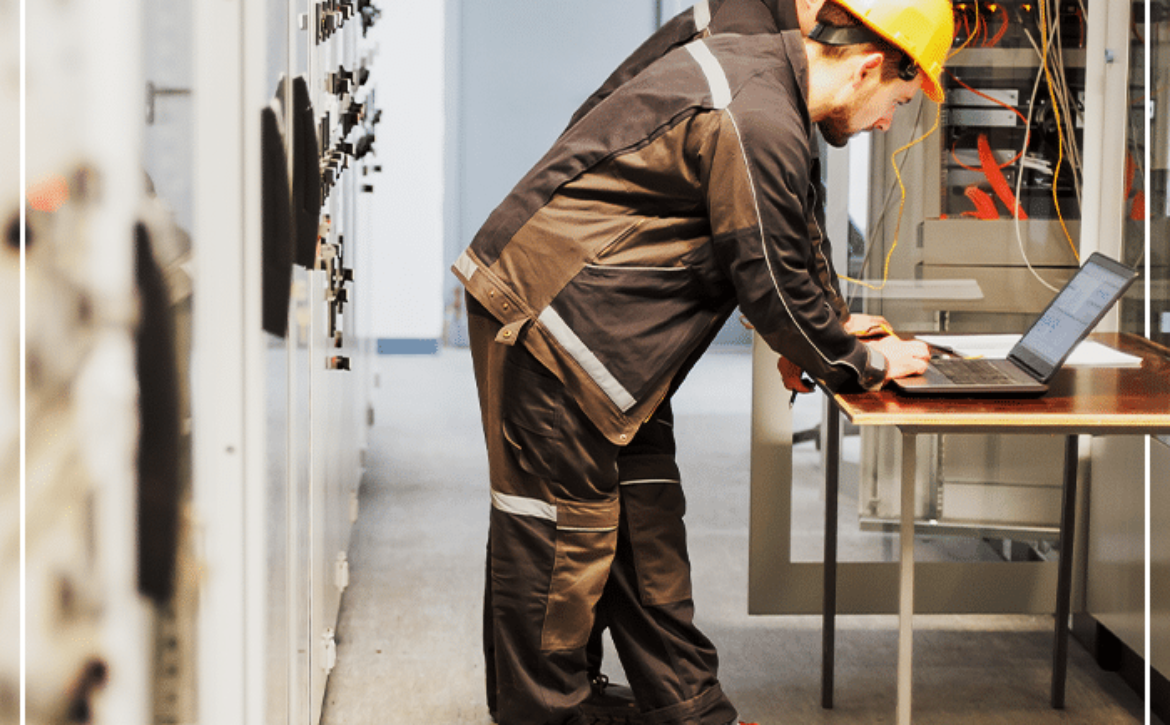Why does your company need to adopt preventive maintenance planning?
Preventive maintenance planning,, increasingly important for companies seeking agility and productivity is a competitive differential in an increasingly crowded market. It seeks to avoid problems that cause the fall in performance or failures in equipment that negatively compromise production.
Not to mention that periodic and scheduled inspections contribute to the safety and motivation of teams, increased machine life and reduced costs related to repairs and emergency exchanges.
It was thinking of raising the business’s awareness about the subject that we developed this article. Follow along and learn why maintenance is so essential to your business!
Preventive maintenance planning: what is it?
As the name suggests, preventive maintenance planning aims to correct equipment failures even before they occur, in order to reduce production interruptions and consequent losses. In practice, these are inspections made at periodic intervals, following a pre-established plan.
According to ABNT’s NBR 5462, this type of maintenance consists of the combination of all technical and administrative actions, which include scans, which aim to maintain or reset a machine, so that it can play the desired role.
To make maintenance planning, you can choose between different parameters or join them and thus determine the most appropriate periods. They are:
- time: determines the interval at which preventive maintenance should be performed, for example, every six months, regardless of the presentation of failures;
- productivity: establishes the timing of inspections according to operation cycles or number of items produced;
- operating hours: Takes into account the hours when the equipment was actually active during a certain period.
With these defined aspects, it is important that the company develops an inventory with all the fundamental points for the process. The document should contain, for example, the machines that should be prioritized, the activities to be carried out, the service managers and the specific dates for the development of the actions.
Thus, teams can prepare for possible stops, rather than being unexpectedly surprised, which brings damage to the business.
What are the advantages of preventive maintenance planning?
Investing in preventive maintenance brings a number of benefits to organizations. For starters, the action prevents failures that could generate high costs if not avoided. Here are other important advantages:
Quality of operation
That preventive maintenance assists in the proper functioning of the equipment you already know. However, it is important to emphasize that the strategy directly contributes to a company’s reputation.
To be clearer, imagine the following situation. You have a factory and have proposed a certain deadline to the customer. However, due to failures in a machine, what was combined between the parts was not fulfilled and the customer was left without the product in stock.
As can be imagined, this situation would be quite negative for the business, both in relation to the unattended partner and its image in the market, since the opinions resonate quickly and are taken into account more and more.
Reduction in resource waste
For a company to grow, there must be profit. This, in turn, depends on a series of actions by managers, such as the development of actions that minimize the waste of resources. In this scenario, preventive maintenance is an excellent tool.
This is because, through a well-structured inspection planning, combined with the use of adequate systems and the performance of qualified professionals, the company better manages its assets. So she can employ the budget intelligently.
That is, it is possible to do research of the best suppliers and act in a timely manner to avoid exorbitant expenses with corrective maintenance. After all, as we know, technical visits and emergency maintenance tend to cost much more than preventive services.
Contribution to job security
Problems with equipment are able to bring from simpler to more serious damage. This includes accidents with employees during machine operation, which can trigger lawsuits, damage to the image of the business, penalties and fines related to work safety.
Through constant maintenance this does not occur. In addition, employees working in a safe environment feel more motivated and, consequently, produce more.
Why should your company adopt this type of maintenance?
As high-quality as a piece of equipment is high, frequent wear and tear on parts, which may be defective over time. This is a natural situation, which is linked to the use of the machine. However, despite this, it is common for industrys suffer unexpected stops due to lack of inspection in its assets.
It is precisely in this scenario that preventive maintenance comes in. Although some think it is a cost, scheduled inspections are actually an investment. This is because organizations no longer have excessive spending on corrective maintenance, while the investment is less than in predictive maintenance, which relies on integrated systems and sensors to occur.
How can Nalbatech help?
Now that you know the concept and importance of preventive maintenance planning for your business, you may be wondering how to implement the strategy in practice. In this case, it is possible to count on Nalbatech.
Through specialists, your company will have technological and robust solutions to assist in various aspects, including maintenance planning. All focused on your business.
In practice, this will mean more business intelligence and agility of action in the hands of managers and operators, causing your company to reduce costs and grow in the market.
Did you like our content? Want to know more about all Nalbatech solutions for your business? So contact us right now, we will be very pleased to serve you!




